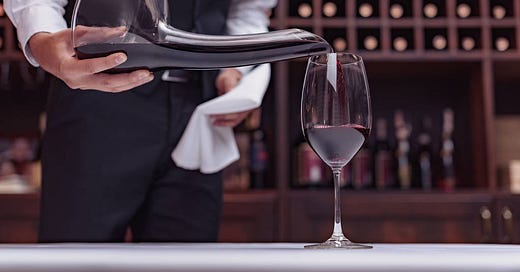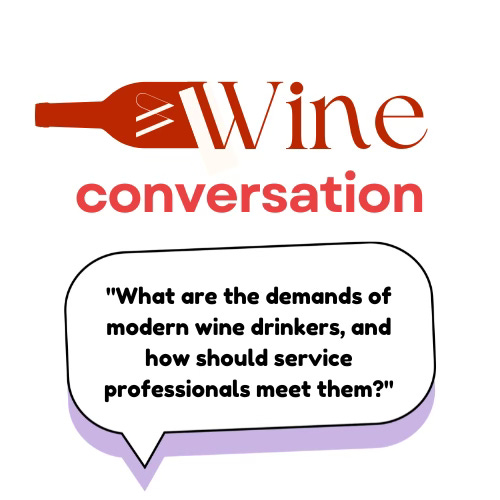Wine Conversations: Wine in Restaurants... And Beyond! (III)
What are the demands of modern wine drinkers, and how should service professionals meet them?
Ah, we’re back with another round of Wine Conversations! This month’s topic comes from by Maria Banson who asked what the demand of modern wine drinkers are and how service professionals should meet them.
Rather than me recapping her excellent article, and the equally insightful article by Stacey Smidge that followed, I highly suggest you check them out below before moving on. In short, however, Maria approached the topic in a highly insightful manner, drawing on her experience as a sommelier, giving a bit of a masterclass in how to deal with paying customers that British service professionals would do well to study. She highlights how, essentially, service should not get in the way of, but rather facilitate, having a good drink at a reasonable price—something I think we can all get behind. Stacey did what I will do in what follows, which is to approach the topic from the point of view of the consumer. She points out that what patrons of a wine bar or other establishment want from the …
Keep reading with a 7-day free trial
Subscribe to Down The Rabbit Hole to keep reading this post and get 7 days of free access to the full post archives.




